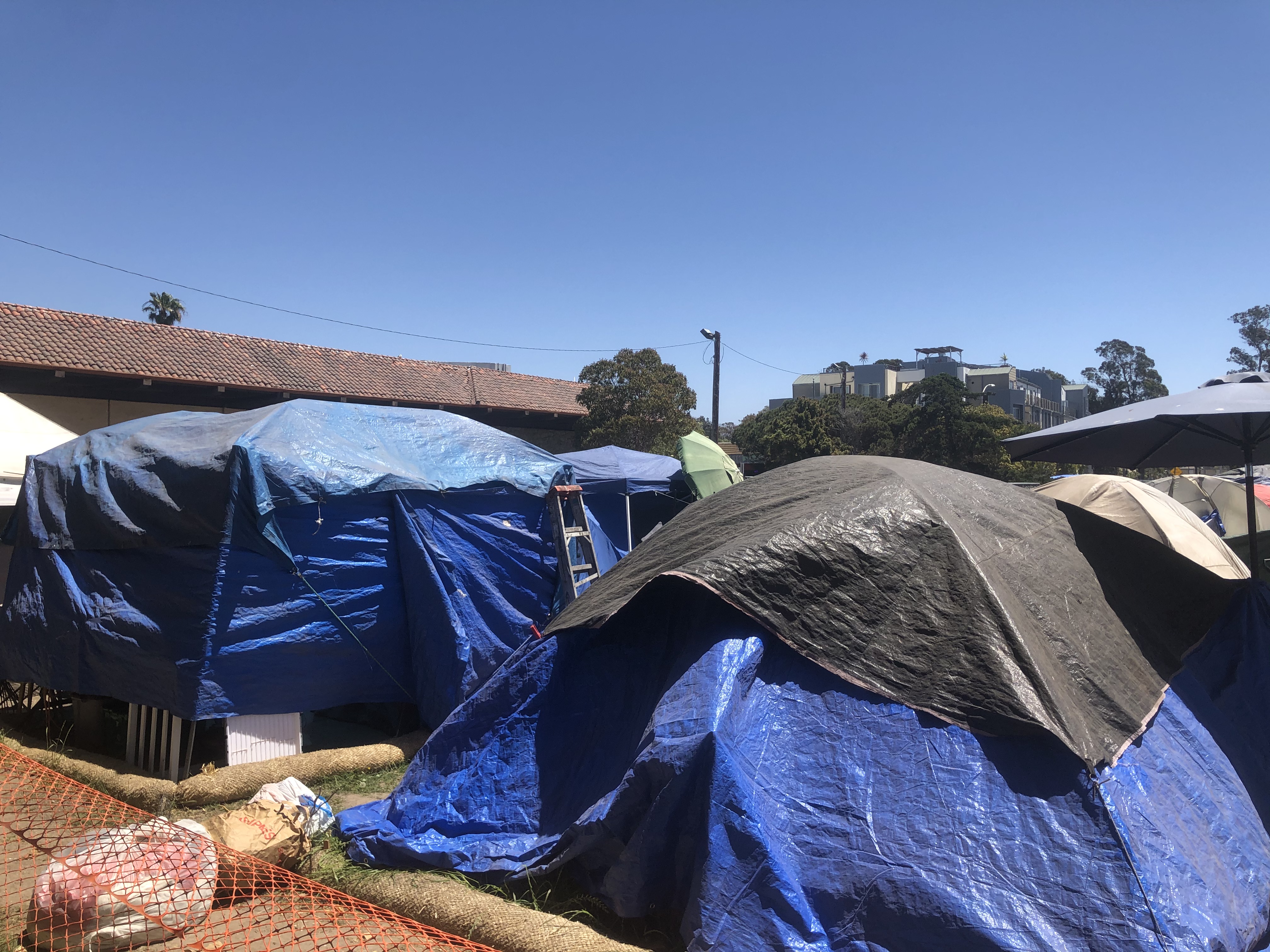Making ‘Affordable by Design’ Count
'Affordable Market Rate' Means Modest Micro-Units

Here’s the issue — the state mandates that the cities generate affordable housing but provides few tools or funding to achieve that goal on a broad scale. How can cities add significant amounts of affordable housing with current financial resources, relying primarily on zoning?
One answer is to consider what types of apartment units can be affordable simply at market rates, without supplementary external financing or regulatory deed restrictions. Housing units that are affordable at market rates are going to be modest, such as micro-units, which are often less than 400 square feet, co-living developments, and tiny homes. Developers can offer these units at lower rents because:
- They are frequently less costly to build. McKinsey Global Institute reported that micro-units can be developed for more than 50 percent less than standard units, enabling sufficient returns even with rents as low as $1,480 per household. Similarly, co-living layouts can be built for about 28 percent less than standard units, enabling rents as low as $2,310 per household.
- In addition, even if the rents are lower, more units may be possible per site, allowing the developer to collect from more rent overall. Micro-units can accommodate roughly three times more households in the same square footage than a standard building. The additional density permitted by cities can permit lower rents per unit.
However, while it is possible to design new lodging as affordable for lower income renters, even without large infusions of additional state or local funding, some previous attempts at establishing affordability-by-design have not been successful. For example, in 2013, Santa Barbara adopted the Average Unit-size Density (AUD) program, which aimed to create incentives for more housing development, especially rentals. The AUD program offered housing developers far greater densities than existing zoning permitted, while significantly reducing reduced parking requirements. The expectation was that these incentives, along with apartments that were much smaller sized units would lead to housing that was “affordable by design.”
The Marc, an 89-unit apartment complex, was the first project to receive the high-density-zoning bonuses under the terms of the AUD. In practice, the Marc offered abundant amenities — lots of interior open space, rooftop gardens, fire pits, a pool, and bocce ball courts – catered to people at the higher end of the income scale and charged significantly higher than market-rate rents. The Marc’s marketing campaign included brochures boasted that more than half the residents made more than $150,000 a year and 22 percent brought home more than $200,000. The complex at 3885 State St. charges about $3,200 for one-bedroom units and more than $3,700 for two-bedroom places.
Thus, there is no assurance that smaller apartments will be affordable. To overcome that challenge, first, cities and counties would need to determine what combination of specifications — apartment designs, square footage or other amenities — would produce apartments that are affordable. Cities can survey the broader region to study when rents are generally affordable for a particular household income level for certain sized apartment units and for a set of amenities. That is, the study would enable a city to predict when a particular apartment design would be affordable for lower income tenants.
If a jurisdiction had that sort of information, it could zone for affordable housing, adding those specifications as a zoning category or an affordable housing overlay to its General Plan. This zoning would reflect not just of the housing density but would define the size of individual apartment (or tiny homes) and design feature that produces housing that is affordable by design.
Currently, the state relies on two somewhat distinct processes for planning/zoning for market rate housing, and another for creating affordability, often requiring subsidies. This second, ‘look-back’ assessment, evaluates the degree to which cities accomplished actual affordable housing in their plans. For rental housing, the state agency looks at the rental rates of the apartment units on the market relative to average median income to determine whether a unit qualifies as affordable. Cities have been much more successful in planning for the market rate housing, in comparison to how much actual affordable housing has been added.
However, the state has been threatening to punish cities for their failure to produce affordable housing in practice. If the state defined affordable-by-design housing, based on city surveys, as meeting the state’s affordable goals, it would fuse the processes, reconciling the planning and the ‘look-back’ processes, so cities do not need to supplementary funds. It would encourage cities to establish affordable housing zones with the new housing conditions. Finally, it would also enable cities to produce affordable housing with reduced disruption to its skyline, avoiding a Manhattan-esque skyline to accommodate the added housing.
Stuart Kasdin is a member of the Goleta City Council and teaches Political Science at Santa Barbara City College.



